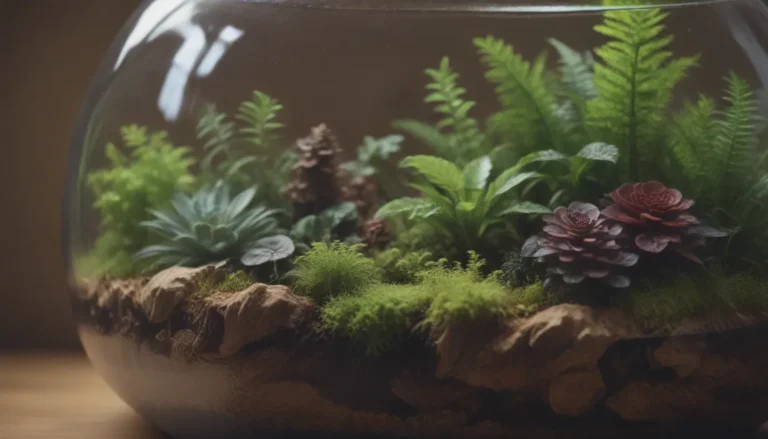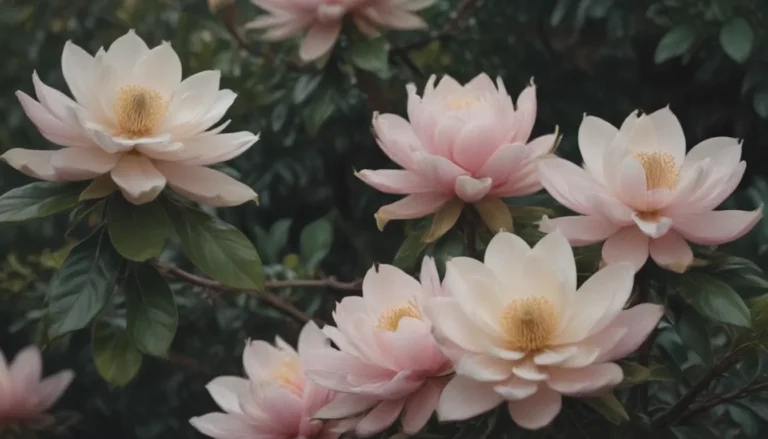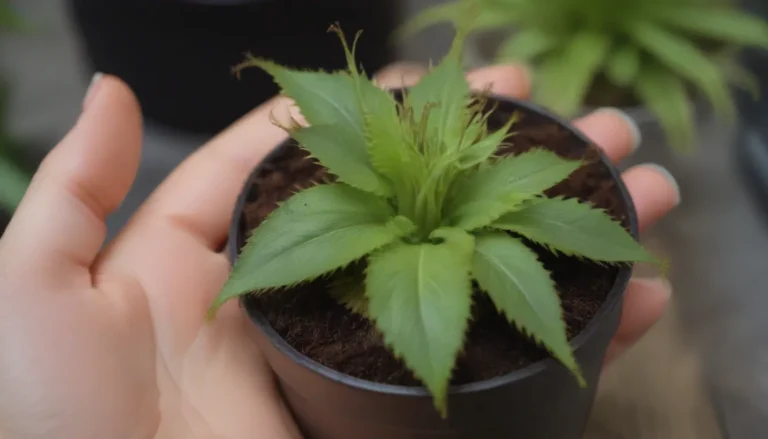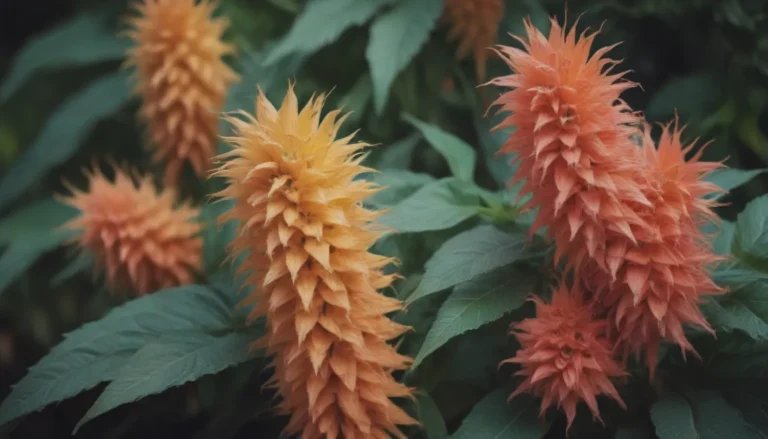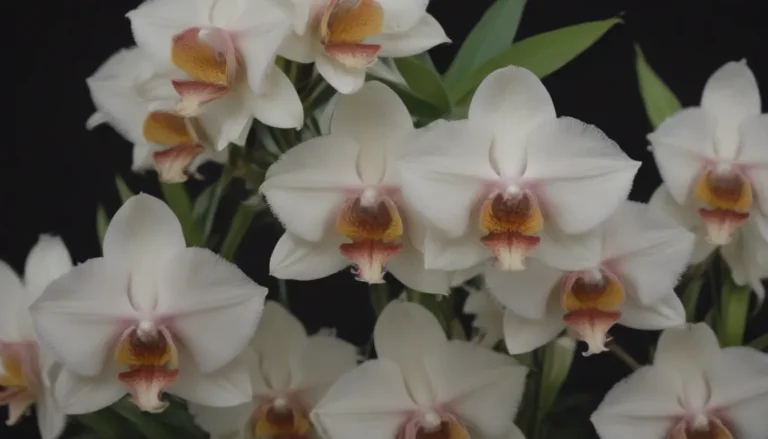How to Prevent Leggy Polka Dot Plants: Tips and Tricks for Healthy Growth
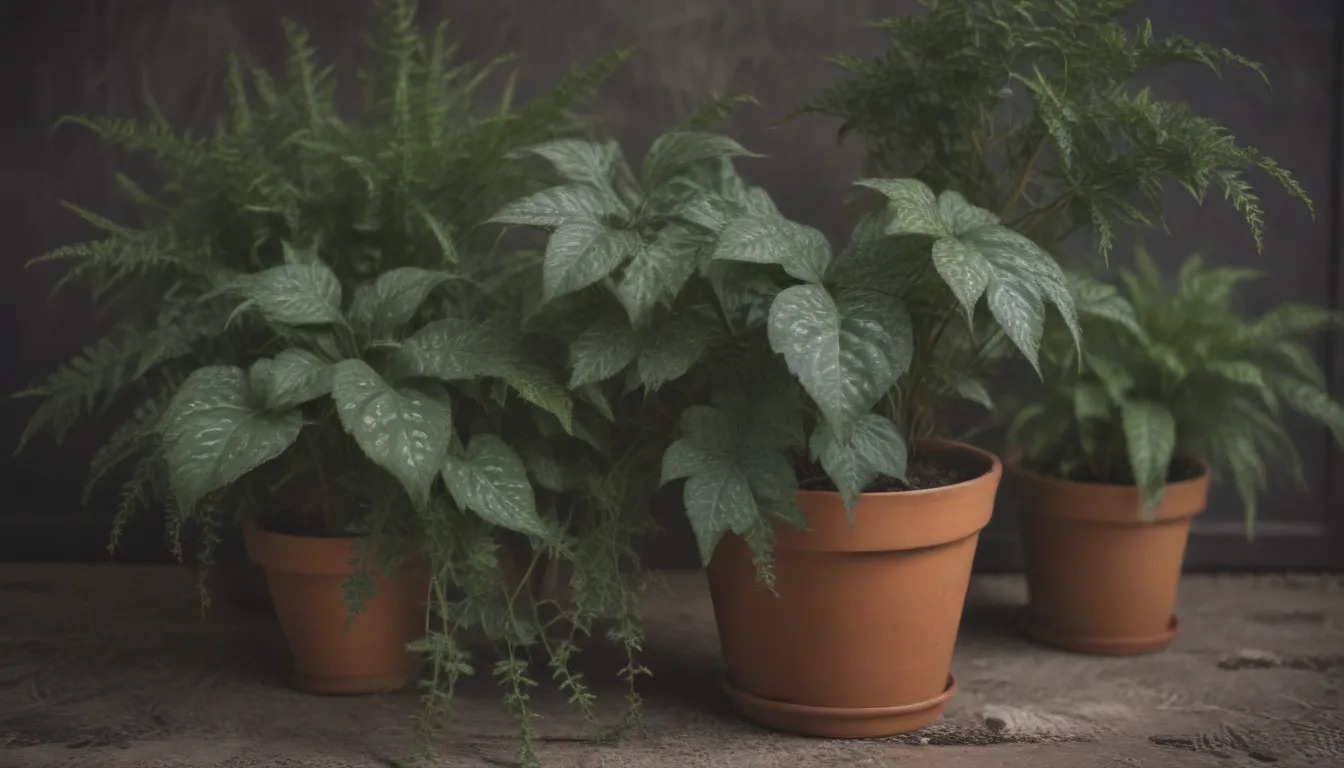
If you’re a fan of polka dot plants (Hypoestes phyllostachya), you know that their eye-catching speckled foliage can brighten up any space. However, you may have noticed that your polka dot plant is starting to look a bit leggy and weak. Don’t worry, this is a common issue that can be easily fixed with the right care and attention. In this article, we’ll explore why your polka dot plant is leggy and provide you with some effective solutions to help your plant thrive.
Understanding Why Polka Dot Plants Become Leggy
Polka dot plants typically become leggy due to insufficient light, a phenomenon known as etiolation. When a plant doesn’t receive enough light, it will stretch out in an attempt to reach the available light source. This results in weak, straggly growth and can cause the plant to lose its distinctive foliage variegation and experience leaf drop.
While inadequate lighting is the primary cause of leggy polka dot plants, other factors such as poor nutrition, fast growth, or lack of maintenance can also contribute to the problem. By understanding the reasons behind leggy growth, you can take steps to address the issue and help your plant regain its vitality.
How to Fix Leggy Polka Dot Plants
If you’ve noticed that your polka dot plant is starting to look leggy, there are several techniques you can try to help your plant develop a fuller, bushier appearance. Here are four effective ways to fix leggy polka dot plants:
1. Increase Light Exposure
Polka dot plants thrive in bright, indirect light. If your plant is looking leggy, it may be a sign that it’s not getting enough light. Try moving your plant to a brighter spot in your home, but be careful not to expose it to direct sunlight for extended periods, as this can cause leaf damage. If natural light is limited, consider using grow lights to provide your plant with the illumination it needs. Remember to rotate your plant regularly to ensure even growth.
2. Pinch Back New Growth
Pinching back is a pruning technique that involves removing new growth at the tip of a stem. Once you’ve relocated your plant to a brighter spot, try pinching back new shoots to encourage compact growth and a tidier appearance. Regularly pinching off tall shoots above the top node on the stem can help promote lateral growth, making your plant look fuller and bushier.
3. Prune Straggly Growth
If your polka dot plant is severely leggy, consider carrying out a more extensive pruning session to remove unhealthy growth. Use sterile scissors or pruning shears to trim back the stems, leaving a few inches of healthy growth and several nodes on each stem. This method can help rejuvenate your plant and encourage stronger, more compact growth. Consider propagating the cuttings to grow new polka dot plants.
4. Properly Fertilize Your Plant
Polka dot plants are heavy feeders and require regular fertilization to maintain healthy growth. Use a balanced fertilizer every four to six weeks during the growing season to provide your plant with essential nutrients. Avoid using high-nitrogen fertilizers, as they can lead to excessive growth and weaken the foliage. By feeding your plant appropriately and pinching back excessive growth, you can help prevent legginess and promote vigorous, bushy growth.
Maintaining Healthy Polka Dot Plants
In addition to addressing leggy growth, it’s essential to provide your polka dot plant with the proper care to ensure its overall health and vitality. Here are some additional tips to help your plant thrive:
-
Ensure Adequate Lighting: Polka dot plants need bright, indirect light to thrive. Make sure to place your plant in a location where it can receive sufficient illumination.
-
Maintain Even Moisture: Keep the soil evenly moist to prevent wilting, root rot, or leaf drop. Water your plant when the top inch of soil feels dry to the touch.
-
Provide Warmth and Humidity: Polka dot plants prefer warm temperatures and moderate humidity. Avoid placing your plant near drafts or air vents that can cause temperature fluctuations.
-
Choose the Right Potting Mix: Select a well-draining potting mix and a container with drainage holes to prevent waterlogging, which can lead to root rot.
By following these guidelines and implementing the techniques outlined above, you can help your polka dot plant flourish and enjoy its striking foliage for years to come.
Conclusion
Polka dot plants are charming additions to any indoor space, but they require proper care to prevent leggy growth and maintain their vibrant appearance. By understanding the reasons behind legginess and implementing effective solutions such as increasing light exposure, pinching back growth, pruning, and proper fertilization, you can help your plant thrive and flourish. Remember to provide your polka dot plant with the right environmental conditions, regular maintenance, and TLC to ensure its long-term health and vitality. With the right care and attention, your polka dot plant will reward you with lush, bushy growth and beautiful speckled foliage for years to come.
